Do you have a question about the Siemens SCALANCE W786-2 SFP and is the answer not in the manual?
Provides general security advice for device operation, plant evaluation, network isolation, VPN usage, and connection termination.
Details security measures for passwords, including strength requirements and best practices, and handling of security keys and certificates.
Covers user management for device access, including local logon and authentication via an external RADIUS server.
Compares IPv4 and IPv6, detailing differences in IP configuration, address formats, headers, fragmentation, and quality of service.
Explains IPv4 address structure, assignment methods (DHCP, PST, STEP 7), and configuration options for devices without an IP address.
Guides users through initial device configuration using the Basic Wizard, covering system, country, IP, management, and security settings.
Covers system-level configurations such as general settings, IP configuration, time synchronization, SNMP, and fault monitoring.
Details the configuration of device interfaces, including Ethernet ports, WLAN settings, antennas, and advanced radio parameters.
Focuses on Layer 2 configurations like VLANs, Dynamic MAC Aging, and Spanning Tree protocols (STP, RSTP, MSTP).
Explains Layer 3 configurations, specifically Network Address Translation (NAT) and Network Address Port Translation (NAPT).
Covers security settings including user management, passwords, AAA, WLAN security, MAC ACLs, IP ACLs, and Inter AP blocking.
Provides instructions for updating the device firmware via Web Based Management (WBM) using HTTP, TFTP, or SFTP.
Addresses problems with firmware updates via WBM or CLI, providing solutions using TFTP for firmware loading.
Provides general security advice for device operation, plant evaluation, network isolation, VPN usage, and connection termination.
Details security measures for passwords, including strength requirements and best practices, and handling of security keys and certificates.
Covers user management for device access, including local logon and authentication via an external RADIUS server.
Compares IPv4 and IPv6, detailing differences in IP configuration, address formats, headers, fragmentation, and quality of service.
Explains IPv4 address structure, assignment methods (DHCP, PST, STEP 7), and configuration options for devices without an IP address.
Guides users through initial device configuration using the Basic Wizard, covering system, country, IP, management, and security settings.
Covers system-level configurations such as general settings, IP configuration, time synchronization, SNMP, and fault monitoring.
Details the configuration of device interfaces, including Ethernet ports, WLAN settings, antennas, and advanced radio parameters.
Focuses on Layer 2 configurations like VLANs, Dynamic MAC Aging, and Spanning Tree protocols (STP, RSTP, MSTP).
Explains Layer 3 configurations, specifically Network Address Translation (NAT) and Network Address Port Translation (NAPT).
Covers security settings including user management, passwords, AAA, WLAN security, MAC ACLs, IP ACLs, and Inter AP blocking.
Provides instructions for updating the device firmware via Web Based Management (WBM) using HTTP, TFTP, or SFTP.
Addresses problems with firmware updates via WBM or CLI, providing solutions using TFTP for firmware loading.
| Product Type | Wireless Access Point |
|---|---|
| Frequency Bands | 2.4 GHz, 5 GHz |
| Wireless Standards | IEEE 802.11a/b/g/n |
| SFP Ports | 2 |
| Protection Class | IP65 |
| Ethernet Ports | 2 x 10/100/1000 Mbps RJ45 |
| Antenna Connectors | 3 x R-SMA |
| Power Supply | 24 V DC (19.2 to 28.8 V DC) |
| Operating Temperature | -20 °C to +60 °C |
| Mounting | DIN rail, Wall |
| Security Features | WPA2 |
| Management | Web-based management, SNMP |

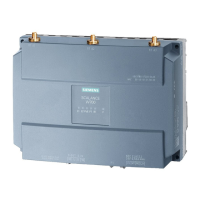
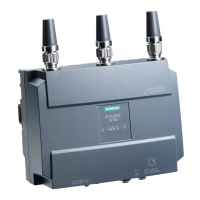
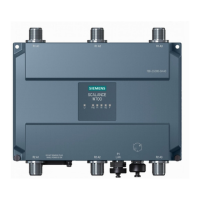
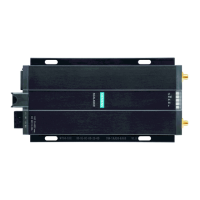
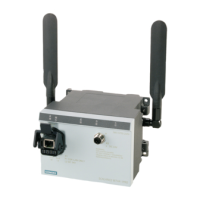



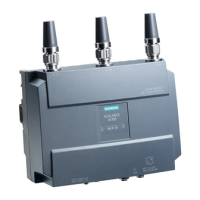


